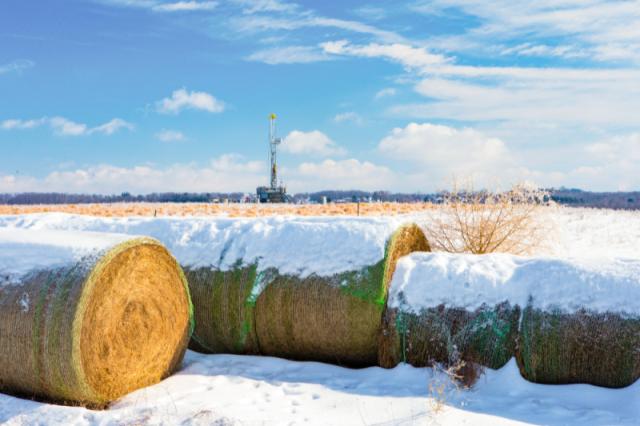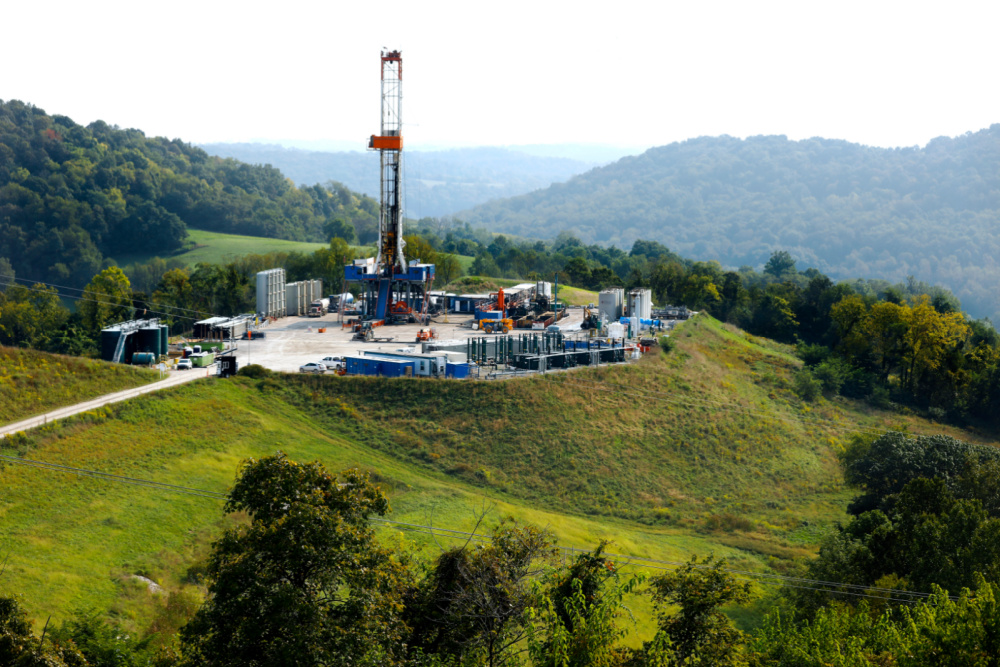
Operators in the Marcellus and Utica shales are increasingly proficient at drilling money-making wells and 15,000- to 18,000-foot laterals.
While 2020’s natural gas prices cut about 1% of U.S. natural gas production, the Marcellus and Utica shale states of Ohio, West Virginia and Pennsylvania produced 33.6 billion cubic feet per day (Bcf/d) in 2020, a 5% increase year-over-year.
Though Texas produced the most natural gas in 2020 among all of the states, volumes still decreased to 28.1 Bcf/d in 2020 from 28.4 Bcf/d the previous year, according to the U.S. Energy Information Administration.
Many Appalachian operators say they are poised to generate hefty free cash flow even in a tough market, thanks to advantages created by their early adoption of sustainability goals like reduced methane emissions. The Marcellus Shale also suits the oil and gas industry’s transition to Shale 3.0, a still nebulous phase in which E&Ps will attempt to deliver consistent shareholder returns via cash flow generation while balancing capex and environmental stewardship.
Fired Up for the Future
As we head toward winter with record high natural gas prices, strong demand and unplanned outages have tightened markets. The International Energy Agency has deemed such tensions a reminder that supply security remains a major concern only a year after a record drop in demand left markets glutted.
But what does all this mean for the natural gas market?
Set for Dec. 6-8 in Pittsburgh, Hart Energy's DUG East & Marcellus-Utica Midstream Conference & Exhibition program will address everything from soaring commodity prices, mid-term elections’ likely effects, hydrogen, LNG exports and more.
<Click Here to View Registration Options>

The impressive speaker roster for this year’s event includes newsworthy companies and headline-making executives like:
EQT Corporation
- Shale Gas Giant EQT Recognized for Advancing Women’s Leadership, Board Diversity
- In addition to achieving 50% female representation on its board of directors, EQT—the largest natural gas producer in the U.S.—increased the percentage of female hires by 15% and diverse hires by 5% in 2020.
- Responsibly Sourced: US Shale and the RSG Premium
- Buyers’, investors’ and others’ growing demands for carbon-lite fuels and ESG in operations have U.S. gas producers and shippers stepping up to differentiate themselves from peers. The prize may be a higher price per Mcf for their products. Or it may simply mean continued existence.
- Shale Gas Giant EQT Doubles Down on ESG Goals, CEO Says
- EQT announces $75 million pledge and 2025 net-zero emissions target, as the U.S. shale gas producer aims to take leading role in the low-carbon future, CEO Toby Rice says.
- EQT Expands Marcellus Position in Nearly $3 Billion Acquisition:
- EQT projects the acquisition, which adds a new operating position in the northeast Marcellus Shale play in Pennsylvania, will increase its free cash flow by 55%, or $2 billion, through 2026.
CNX Resources
- Shale Gas Producer CNX Resources Achieves Net Carbon Negative Status
- CNX Resources reported it is net carbon negative for Scope 1 and 2 emissions—unique in the natural gas upstream and midstream sectors, according to the shale gas producer.
- Virtual DUG East 2020 Keynote: The Coming Reckoning within Appalachia with CNX Resources
- From gas price forwards to the COVID-19 pandemic to shifting public policy and capital market challenges, a reckoning is happening within the Appalachian Basin.
Rystad Energy
- Report Shows Big Oil’s Proved Reserves Dwindling:
- The drop, according to Norway-headquartered Rystad Energy, could result in oil reserves running out within 15 years if large commercial discoveries are not made quickly.
- Oil Demand Set to Peak by 2026 in Updated Forecast
- Rystad Energy is downgrading its peak oil demand forecast citing rapid growth in the electric vehicle market being driven by the ongoing energy transition push.
- US Shale to Deliver ‘Super-profits’ on Projected Record Cash Flow
- U.S. shale producers are projected by Rystad to generate an all-time-high in free cash flow in 2021 driven by the “turnaround in the U.S. tight oil industry.”
Diversified Energy
- Diversified Energy Expands Emissions Detection Capability Across Appalachian Position
- Following a recent investment, Diversified Energy will now have 600 hand-held methane emissions detection devices deployed in its Appalachia operating area.
- Diversified Energy CEO Expects Company to Grow ‘Substantially’ by Acquisitions
- Unlike most U.S. producers, Diversified, which this month changed its name from Diversified Gas & Oil, does not drill new wells, but buys mature gas fields and focuses on slowing their decline rates.
- Diversified Energy Acquires Tapstone in $419 Million Midcontinent Expansion
- Since an initial acquisition in May, Appalachia-focused Diversified Energy has added positions in its central region footprint including in the Barnett, Cotton Valley and Haynesville shale plays.
Antero Resources
- Oil and Gas Investor Cover Story: Appalachian Basin Set in Stone
- Antero Resources Corp. says its days of growth are over, while other operators are still working to capitalize on growth after the pandemic slump.
BKV Corporation
- Gas Producer BKV to Buy Texas Power Plant for $430 Million
- U.S. shale producer BKV Corp. is acquiring a Texas power generator for $430 million in a move that leverages its gas production to generate electricity, the company said on Aug. 11.
- Oaktree Capital Pledges $600 Million Investment to Fuel Natural Gas Deal-making
- Oaktree Capital committed to invest an additional $600 million in future mutually agreed upon opportunities to support BKV Corp.’s strategy to consolidate U.S. natural gas assets.
Macquarie
- Macquarie Capital Launches LNG Project Development Platform
- WaveCrest Energy will initially focus on Latin American and Asian markets, helping enable a switch to natural gas, Macquarie Capital said.
- Exxon Mobil, Macquarie in $11.7 Million Lawsuit over Gas Contract
- The lawsuit filed by Exxon Mobil’s natural gas business said last month’s massive winter storm and declarations of emergencies in Texas prevented it from fulfilling its supply commitment to Macquarie, the second largest U.S. gas marketer.

